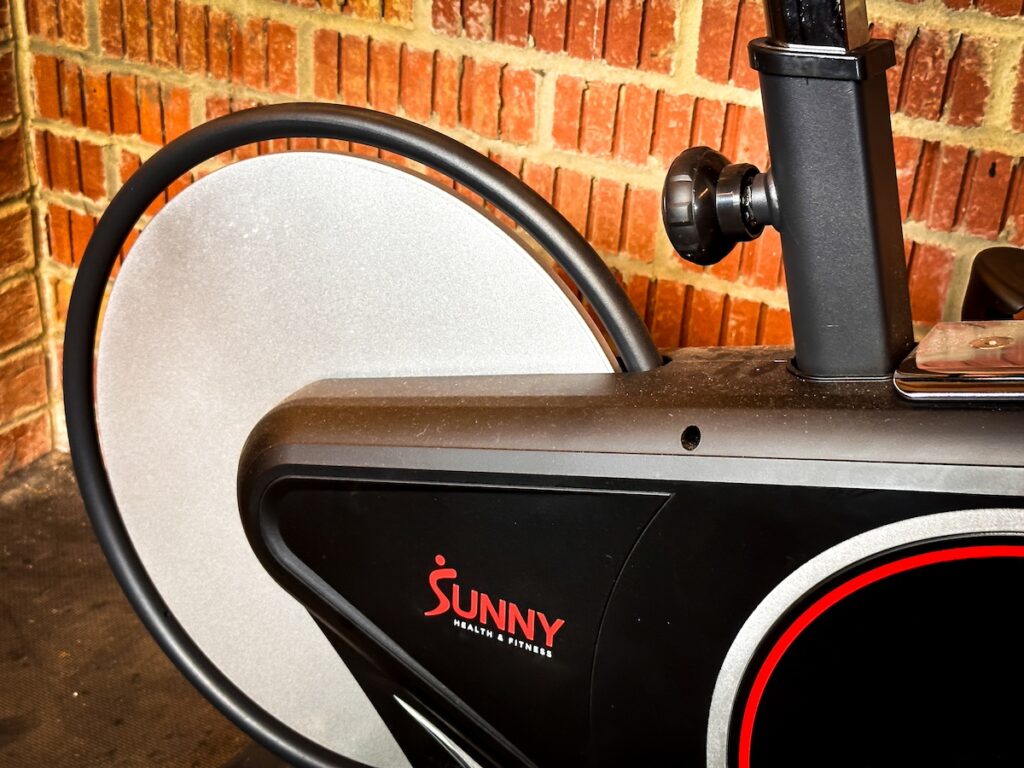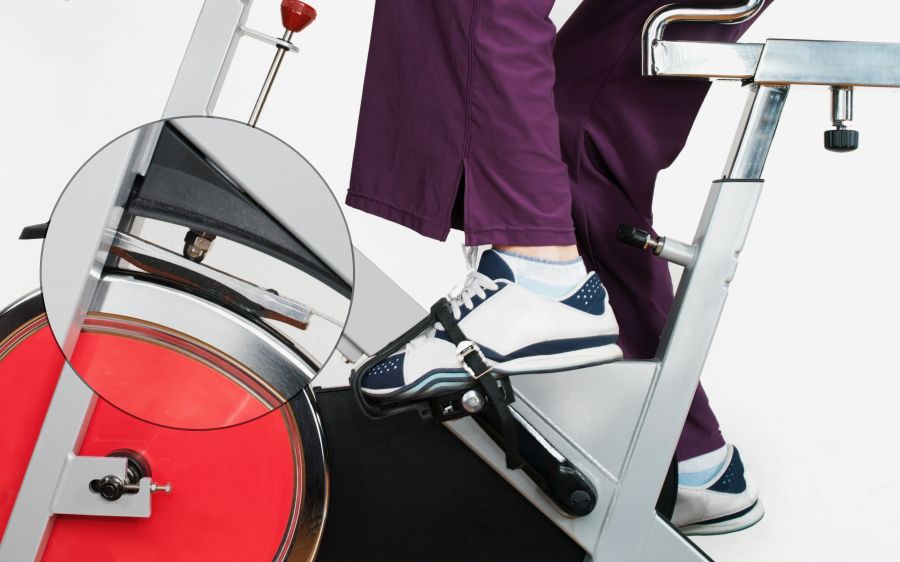
Certified Spinning® Instructor & CPT
The invigorating workout experienced from an indoor cycling
Key Differences
So, what are the main differences between a magnetic resistance spin
It is essential to note the significance of the role that the flywheel plays within each resistance system. A flywheel is the metal wheel located at either the front or the rear of the cycle. It is why both methods are even possible. Below is a short comparison of the differences that we will discuss in greater detail throughout the article:
What is the Magnetic Resistance on an Exercise Bike
As more

The metal flywheel, which works as a conductor in this instance, spins through the two magnets’ magnetic fields and the force surrounding them. This magnetic field causes a drag on the metal flywheel, which creates an eddy current. An eddy current gets its name from the swirling motion of an eddy in a stream. The energy current flows in a closed-loop circuit that runs perpendicular to the magnetic field. When the resistance knob turns to either increase or decrease resistance, the magnets move closer or farther away from the flywheel. The closer the magnets get to the flywheel, the greater the magnetic field, therefore higher resistance is felt on the
What is the Friction Resistance
In the past, friction resistance has been the golden standard for exercise

In an exercise
Detailed Differences of Magnetic & Friction Resistance
Although, in the end, both resistance systems successfully add resistance to the indoor cycling bike, they are vastly different. We will discuss the differences that make each design unique.
Feel
The feel of these two systems can be a significant deciding factor on which option you might prefer. A magnetic resistance system has a slight light lag from when the resistance knob is turned until you feel the resistance begin. For cyclists who have become accustomed to a friction system’s feel, it can take a little time to acclimate to this type of system.

Friction resistance resembles riding a road
Sound
If you have ridden an indoor cycling
A magnetic system
Resistance Levels
Many friction indoor cycling bikes do not include a way to identify your specific resistance level. Instead of having set resistance levels, this option allows more flexibility to the rider. These bikes allow riders to continue to add resistance until it becomes impossible to continue to pedal.

Magnetic spin bikes include a monitor that quickly identifies your riding level. The number of levels might vary between different manufacturers, but it is standard that a level is always visible to the rider. Some
Maintenance
The initial cost is significant to consider when purchasing a
On average, friction resistance bikes require a greater amount of resistance over time than a magnetic option. Often friction resistance systems include a front flywheel. This placement of the wheel is located in the “sweat zone.” Sweat can cause erosion over time to critical mechanical components. The fabric cotton pads also need to be replaced approximately every 6-12 months.
The magnetic resistance cycle does not have components that need to be replaced as frequently, as technically, nothing comes in contact with the flywheel. The flywheel could also be either located in the front or rear of the cycle, depending on the brand. Flywheels situated in the back of the cycle also have a reduced possibility of sweat erosion. In consideration of maintenance, a magnetic resistance indoor cycling
Cost
The price can fluctuate between a friction or magnetic resistance system. Magnetic systems are more expensive than a friction system. Magnetic resistance bikes are more expensive to manufacturer, and therefore the expense is passed on to consumers. If you have a smaller budget, then a friction resistance system might be a better option.
Exercise Bike Flywheel (Contact/ Friction) vs Magnetic: Which is the best for me?
So, is magnetic resistance better for an exercise
For most people, the answer is yes. They are generally quieter and need less maintenance.
However, the best resistance system for you is the one that best fits your needs. As you can see from our detailed comparison, many of the features rely on one another. Before making a purchase, make sure to take each type of

I get operated knees and need bike for strengthening of leg muscles which one is better Magnetic or friction?
Hi!
Magnetic resistance bikes usually offer smoother workouts. The magnetic resistance is also more gradually applied, so it is easier to find the sweet spot for safely strengthening your legs.
I have a bad back and think a recumbent bike is my best choice. Magnetic or friction?
Hi Michael,
Thank you for your comment. Indeed, for this kind of health problem, recumbent bikes are usually suggested by physicians or other qualified health providers; the seated position of a recumbent bike puts less strain on your back.
Regarding your question about the type of resistance, it doesn’t really affect how a recumbent bike works (at least we haven’t seen any medical publications about this), so you can choose whatever you think that better fits your needs.
However, the magnetic resistance has some extra benefits like the whisper-quiet and smooth operation, the little-to-no maintenance ever needed, and the wider range of resistance settings to make your workout more challenging over time.